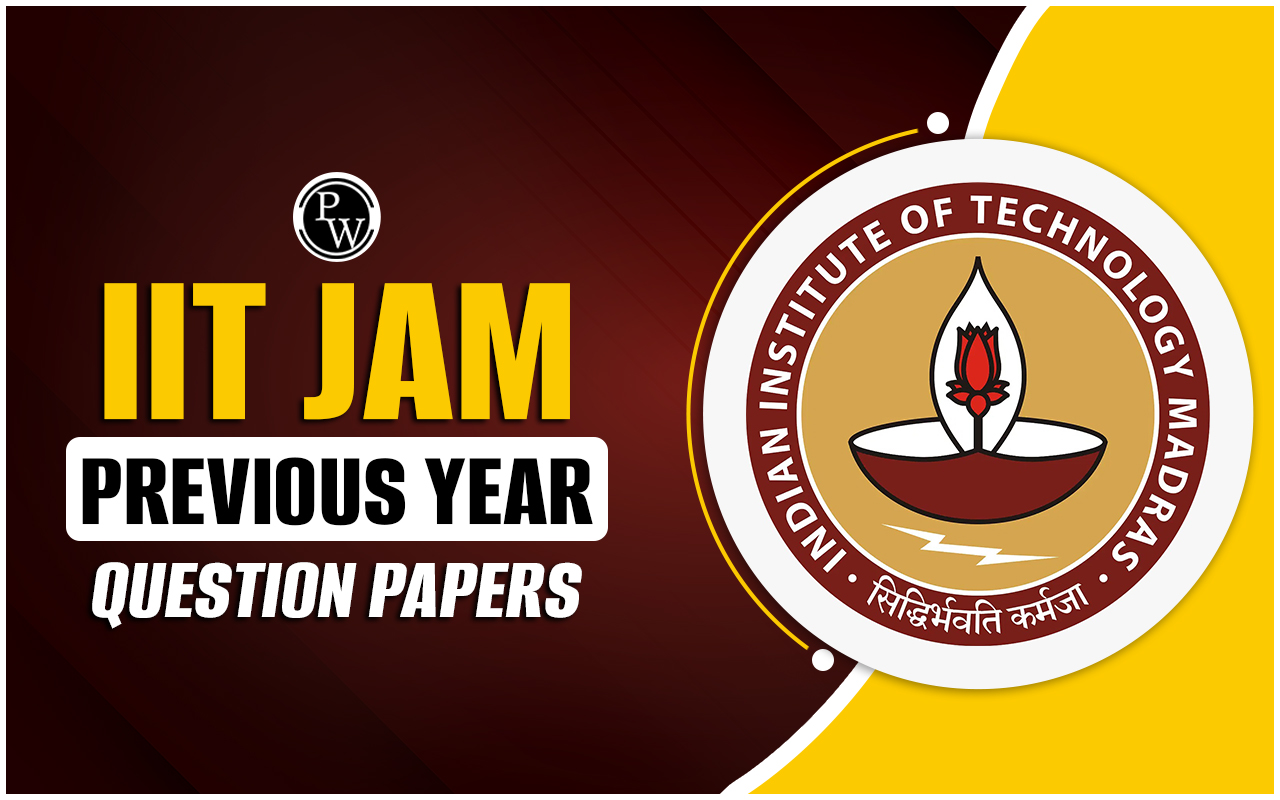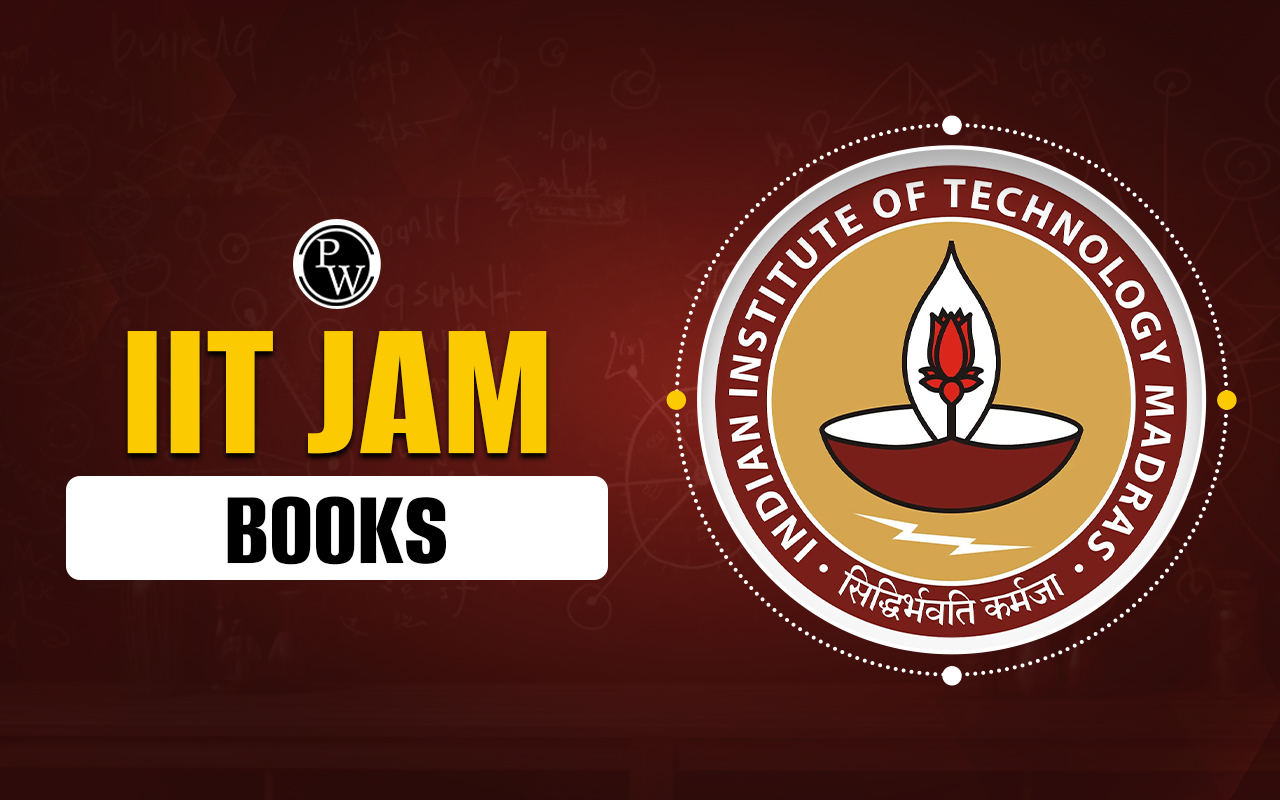

CUET PG Life Sciences Syllabus 2025: CUET PG Life Sciences Syllabus 2025 will be released soon by the National Testing Agency (NTA) on its official website. Until the official 2025 syllabus is published, students can refer to the previous year's syllabus. Candidates preparing for the Life Sciences exam can download the CUET PG Life Sciences Syllabus PDF (previous year) from the NTA website or from this page.
It is recommended that applicants select Life Sciences in Section B of the CUET PG application form. The CUET PG Life Sciences Syllabus includes eight major units, and candidates will need to answer 75 questions in the exam. Students can refer to the previous year's CUET PG Syllabus for the Life Sciences Exam until the 2025 syllabus is available.CUET PG Life Sciences Syllabus 2025
CUET PG Life Sciences Exam 2025 dates have not yet been announced. The CUET PG Life Sciences Syllabus 2025 will be released soon by the official conducting authority. In the meantime, students can refer to the previous year's syllabus for preparation. The syllabus will cover key areas such as cell biology, molecular biology, genetics, evolution, ecology, biochemistry, botany, and zoology, reflecting current developments in the field.
For the CUET PG Life Sciences exam, there are 100 questions in total. Of these, 25 questions are the same for everyone, no matter what you're studying. The other 75 questions are about the specific things you learn in your area. So, Section B of the CUET PG Life Sciences exam has 75 questions based on the CUET PG Syllabus . Refer to the table below for details on the CUET PG Life Sciences Syllabus 2025.
CUET PG Life Sciences Syllabus 2024 Overview
NTA will conduct the CUET PG Life Sciences Exam 2025. The CUET PG 2025 exam is required for admission to postgraduate life sciences programs at participating Indian universities. CUET PG Life Sciences Exam 2025 will be computer-based. Candidates who pass CUET PG 2025 can enroll in various postgraduate courses. The table below provides an overview of the CUET PG Life Sciences Exam 2025 .
| CUET PG Life Sciences Syllabus 2025 Overview | |
| Particulars | Details (Tentative) |
| Mode of the examination | Computer-based test (CBT)/Lan-based/Online |
| Medium/ Language | English and Hindi |
| Duration of the examination | Two hours |
| Frequency of exams in a year | Once a year |
| Types of questions | Multiple Choice Questions (MCQs) |
| Total number of Questions | 100 |
| Total Marks | 400 |
| Negative marking | Yes |
| Marking Scheme | +4 for the correct answer; -1 for the incorrect answer |
| Total sections in the question paper | 2 |
| Name of the section and number of questions |
|
| Official Website | cuet.nta.nic.in |
CUET PG Life Sciences Syllabus PDF Download
Candidates attempting the CUET PG Life Sciences exam can access the previous year's CUET PG Life Sciences Syllabus PDF from the direct link provided below. The conducting authority will publish the CUET PG Life Sciences Syllabus 2025 on its official website. Download the CUET PG Life Sciences Syllabus PDF using the direct link provided below.
CUET PG Life Sciences Unit Wise Syllabus 2025
Based on last year's exam analysis, chromatography, spectroscopy, microscopy, recombinant DNA technology, and gene cloning principles will covered in the CUET PG Life Sciences Syllabus 2025. The table below provides candidates a unit-wise CUET PG Life Sciences Syllabus.
| CUET PG Life Sciences Unit Wise Syllabus 2025 | |
| Unit | Topics (Expected) |
| I: Techniques | Chromatography, Spectroscopy, Microscopy, Electrophoresis, Centrifugation, Blotting, PCR, and radioisotope techniques |
| II: Chromatin Structure and Function | Chromosome organization in prokaryotes and eukaryotes, Chromatin types, Centromere, Telomere, and gene concept |
| III: Biochemistry | Proteins, DNA, Carbohydrates, Lipids, Vitamins, Bioenergetics, Glycolysis, TCA cycle, Electron Transport System, ATP synthesis, Fatty acid metabolism, Membrane structure and function |
| IV: Biotechnology | Recombinant DNA technology, Gene cloning principles, Applications in medicine, industry, and agriculture; Animal and plant cell culture; Environmental biotechnology |
| V: Microbiology | Microbial diversity, Bacterial reproduction, Antimicrobial agents, Microbes in industry and agriculture, Antigen, Antibody, Complement systems, Immunity, Vaccines, Plant and Animal viruses, Environmental microbiology |
| VI: Molecular Genetics | Principles of inheritance, Linkage and crossing over Chromosomal aberrations, Extrachromosomal inheritance, Replication, Transcription, Translation, DNA repair, Population genetics |
| VII: Plant Sciences | Bryophytes, Pteridophytes, Gymnosperms, Angiosperms, Vascular system, Economic importance, Photosynthesis, Photoperiodism, Vernalization, Biogeochemical cycle |
| VIII: Animal Sciences | Invertebrates and vertebrates characteristics, Human anatomy and physiology, Nerve impulse transmission, Endocrinology, Human diseases, Apoptosis, Cancer, Inherited diseases, Animal cell culture |
CUET PG Life Sciences Syllabus 2025 Preparation Tips
Understanding the entire CUET PG Life Sciences Syllabus is necessary for preparing well for the CUET PG Exam . The syllabus covers chromatography, spectroscopy, microscopy, recombinant DNA technology, and gene cloning principles. Students must get familiar with these topics well before the exam. They should follow some tips for CUET PG preparation. The CUET PG Life Sciences Syllabus 2025 preparation tips are:
- Familiarize yourself with the Syllabus: Begin your preparation by completely understanding the CUET PG Life Sciences syllabus. Analyze the main topics and subtopics to determine the overall scope of the exam.
- Develop a well-structured Study Plan: Develop a well-structured study plan containing all curriculum. This plan will serve as the basis for your CUET PG Life Sciences syllabus preparation and help in effective time management.
- Select Reliable Study Resources: Opt for trustworthy and comprehensive books for your CUET PG Life Sciences syllabus preparation. Ensure these resources cover the entire CUET PG Life Sciences syllabus and clearly explain key concepts.
- Use effective Note Taking Techniques: Improve your understanding and retention using efficient note-taking strategies during study sessions. Prepare brief, organized notes highlighting important points, and include diagrams or flowcharts as necessary.
- Regularly Practice with Sample Papers and Mock Tests: Allocate time for regular practice with sample papers and mock tests. This consistent practice trains you with the exam format, enhances your speed, and sharpens your problem-solving skills.
- Employ a Strategic Approach to Multiple-Choice Questions (MCQs): When tackling MCQs, adopt a strategic approach. Carefully reading the questions eliminates incorrect options, systematically increasing your chances of selecting the correct answers.
CUET PG Life Sciences Syllabus 2025 FAQs
What is the pattern of the CUET PG Lifescience exam?
Can I prepare for CUET in 10 days?
What if I specifically choose biology in CUET?
Is there a negative marking in CUET?
Do Class 12 marks still matter after the CUET exam?












